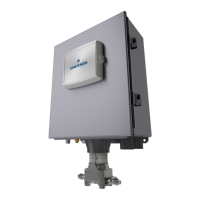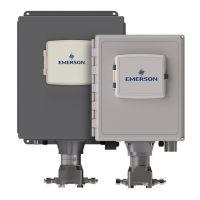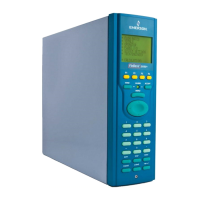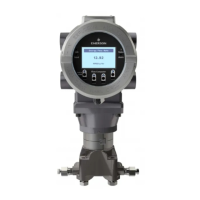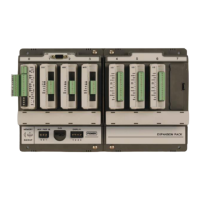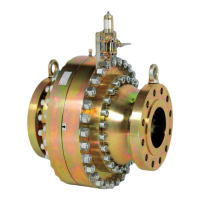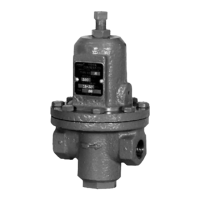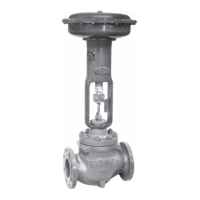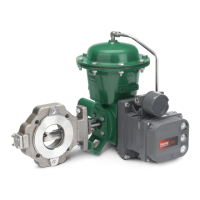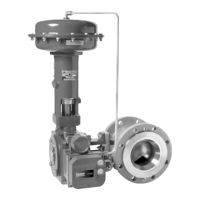S600 Instruction Manual
Table 4-14. Multiplex Mode Addressing
Address LK3 LK4 LK5 LK6 LK7 LK8 LK9 LK10 Comment
0 N/A N/A N/A N/A N/A N/A N/A 1-2 Not a valid address
1 OFF OFF OFF OFF OFF OFF
ON
1-2 First or only board
2 OFF OFF OFF OFF OFF
ON
OFF 1-2 Second board
3 OFF OFF OFF OFF
ON
OFF OFF 1-2
4 OFF OFF OFF
ON
OFF OFF OFF 1-2
5 OFF OFF
ON
OFF OFF OFF OFF 1-2
6 OFF
ON
OFF OFF OFF OFF OFF 1-2
7
ON
OFF OFF OFF OFF OFF OFF 1-2
8 N/A N/A N/A N/A N/A N/A N/A 2-3 Not a valid address
9 OFF OFF OFF OFF OFF OFF
ON
2-3
10 OFF OFF OFF OFF OFF
ON
OFF 2-3
11 OFF OFF OFF OFF
ON
OFF OFF 2-3
12 OFF OFF OFF
ON
OFF OFF OFF 2-3
13 OFF OFF
ON
OFF OFF OFF OFF 2-3
14 OFF
ON
OFF OFF OFF OFF OFF 2-3
15
ON
OFF OFF OFF OFF OFF OFF 2-3
4.2 P154 Prover Board
The P154 dedicated prover interface card has been designed to work
with compact or small-volume provers; unidirectional provers; bi-
directional provers; and Master Meter provers having one, two, or four
detector switches. The P154 board contains high-resolution timing
circuits, which enable you to use dual chronometry methods. These
increase the apparent resolution for instances when insufficient meter
pulses are present for the prover volume. You can use the S600 for
automatic prover sequences, since it provides 32 digital inputs, 12
digital outputs, 2 frequency (density) inputs, and 4 hardware-assisted
pulse outputs. Refer to Figure 4-22 for the P154 prover board
terminations.
Note: The prover board has no analog functions.
For field wiring, the backplate has three low density D-type connectors
labeled SKT-D, SKT-E, and SKT-F. Refer to Figure 4-20.
4-16 I/O Revised Jan-07
